Read next
The latest news, updates and expert views for ambitious, high-achieving and purpose-driven homeowners and property entrepreneurs.


As the housing crisis worsens across England, Labour’s recent planning reforms have reintroduced mandatory housing targets, placing renewed pressure on local planning authorities (LPAs).
These reforms, marking a significant departure from the advisory targets scrapped in 2023, compel LPAs to ensure adequate land availability through the demonstration of a five-year housing land supply (5YHLS) – a crucial requirement for meeting local housing demands.
The reforms also mandate councils to review their Green Belt boundaries, with plans to release less desirable areas, referred to as ‘grey belt’ land, for housing development.
This article presents a detailed overview of the councils currently falling short of their 5YHLS targets, highlighting the challenges they will face in meeting Labour’s planning reforms and ambitious target of building 1.5 million homes.
We'll explain what a 5YHLS means, show which councils don't have enough housing land, and explore two planning options this creates.
You'll discover how savvy developers are leveraging these shortages, both as compelling evidence for the very special circumstances test in Green Belt applications and as the essential gateway criterion for the new grey gelt policy that's revolutionising how underperforming Green Belt land can be thoughtfully released.
Let’s begin.
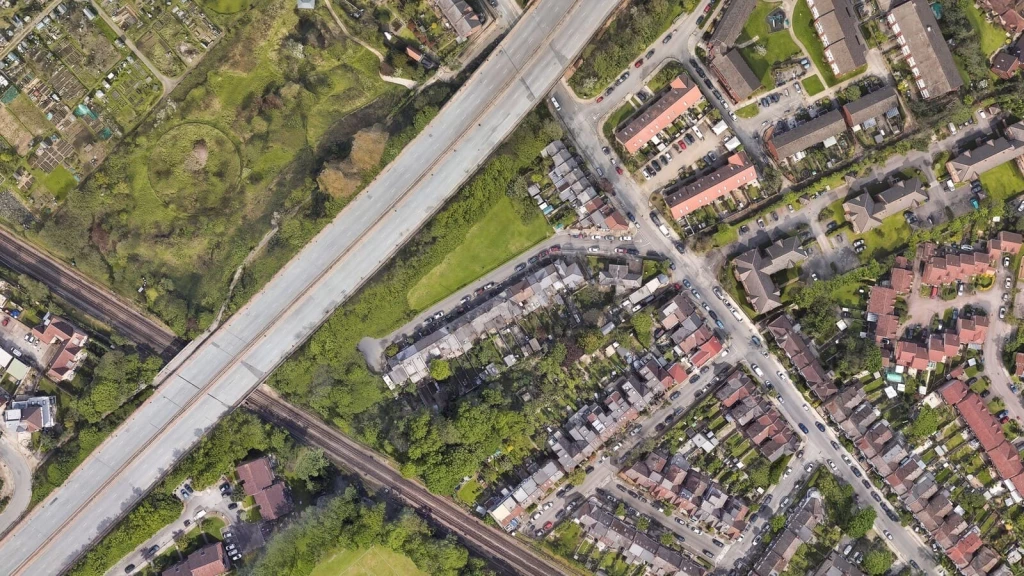
A five-year housing land supply (5YHLS) represents the amount of land identified by councils as being available and suitable for residential development over the next five years. To meet the 5YHLS requirement, councils must identify deliverable sites that can accommodate housing development to match their assessed local housing needs.
Here’s the important part: If an LPA cannot demonstrate a sufficient land supply for five years, it is considered to have failed its 5YHLS obligation. This can lead to significant consequences for the council, including the application of the ‘presumption in favour of sustainable development’.
But that’s not all.
In such cases, developers often seize the opportunity to argue that housing needs should take precedence over local policies. This makes it easier for them to secure planning permission, even in protected areas like the Green Belt.
Want to know more?
After we cover the list of councils failing to meet their five-year supply targets, we’ll take a closer look at these implications and their impact on housing developments.
The authorities currently unable to demonstrate five-year supply targets, listed in alphabetical order, are:
1. Allerdale
2. Amber Valley
3. Arun
4. Ashfield
5. Ashford
6. Barrow‑in‑Furness
7. Basildon
8. Basingstoke
9. Basingstoke and Deane
10. Birmingham
11. Blaby
12. Blackburn with Darwen
13. Bolton
14. Bournemouth, Christchurch and Poole
15. Bracknell Forest
16. Bradford
17. Braintree
18. Brentwood
19. Brighton & Hove
20. Bristol
21. Bromsgrove
22. Broxbourne
23. Broxtowe
24. Buckinghamshire
25. Burnley
26. Calderdale
27. Camden
28. Cannock Chase
29. Castle Point
30. Charnwood
31. Chelmsford
32. Cheltenham
33. Cherwell
34. Cheshire East
35. Chichester
36. Chiltern
37. Chorley
38. Colchester
39. Copeland
40. Cotswold
41. Craven
42. Dacorum
43. Darlington
44. Dartford
45. Dorset
46. Dover
47. Ealing
48. East Cambridgeshire
49. East Hampshire
50. East Hertfordshire
51. East Northamptonshire
52. East Riding of Yorkshire
53. Eastbourne
54. Eastleigh
55. Elmbridge
56. Epping Forest
57. Epsom and Ewell
58. Exeter
59. Fareham
60. Fenland
61. Forest of Dean
62. Gravesham
63. London Borough of Greenwich
64. Guildford
65. Halton
66. Hambleton
67. Harborough
68. Harlow
69. Harrogate
70. Hartlepool
71. Hastings
72. Havant
73. Herefordshire
74. Hertsmere
75. High Peak
76. High Wycombe
77. Hinckley and Bosworth
78. Horsham
79. Hyndburn
80. Isle of Wight
81. King’s Lynn and West Norfolk
82. Knowsley
83. Lancaster
84. Leicester
85. Lewes
86. Lichfield
87. Maidstone
88. Maldon
89. Malvern Hills
90. Mansfield
91. Medway
92. Mendip
93. Mid Bedfordshire
94. Mid Suffolk
95. Mid Sussex
96. Milton Keynes
97. Mole Valley
98. New Forest
99. Newark and Sherwood
100. North Devon
101. North Dorset
102. North East Derbyshire
103. North East Lincolnshire
104. North Hertfordshire
105. North Kesteven
106. North Lincolnshire
107. North Norfolk
108. North Somerset
109. North Tyneside
110. North Warwickshire
111. North West Leicestershire
112. North Wiltshire
113. Oldham
114. Pendle
115. Preston
116. Purbeck
117. Redbridge
118. Redditch
119. Reigate and Banstead
120. Ribble Valley
121. Richmondshire
122. Rochdale
123. Rochford
124. Rossendale
125. Rugby
126. Runnymede
127. Rushcliffe
128. Sandwell
129. Scarborough
130. Sedgemoor
131. Sefton
132. Selby
133. Sevenoaks
134. Shropshire
135. Somerset West and Taunton
136. South Bucks
137. South Cambridgeshire
138. South Derbyshire
139. South Gloucestershire
140. South Hams
141. South Holland
142. South Kesteven
143. South Lakeland
144. South Norfolk
145. South Northamptonshire
146. South Oxfordshire
147. South Ribble
148. South Somerset
149. South Staffordshire
150. South Tyneside
151. Spelthorne
152. St Albans
153. Stevenage
154. Stockport
155. Stoke‑on‑Trent
156. Stratford‑on‑Avon
157. Stroud
158. Swale
159. Swindon
160. Tameside
161. Tandridge
162. Tendring
163. Test Valley
164. Tewkesbury
165. Thanet
166. Thurrock
167. Tonbridge and Malling
168. Torridge
169. Tunbridge Wells
170. Vale of White Horse
171. Walsall
172. Warrington
173. Warwick
174. Watford
175. Waverley
176. Wealden
177. Welwyn Hatfield
178. West Berkshire
179. West Devon
180. West Lancashire
181. West Oxfordshire
182. Wiltshire
183. Windsor and Maidenhead
184. Woking
185. Wokingham
186. Worcester City
187. Wychavon
188. Wycombe
189. Wyre Forest
The above list of authorities that are unable to demonstrate a five-year supply target is accurate at the time of writing. It is also worth noting this list is not exhaustive and there may be even more councils than the 189 we’ve identified here.
Now, let’s take a look at how landowners and developers use the 5YHLS to their advantage.

Under the National Planning Policy Framework (NPPF), development in the Green Belt is considered inappropriate unless the harm to the Green Belt is outweighed by other considerations. One such consideration is when an LPA cannot demonstrate a 5YHLS, which can allow developers to use the argument of very special circumstances to justify development on Green Belt land.
Developers often argue that the inability of councils to provide enough land for housing, combined with a housing crisis, creates a situation where the benefits of new housing outweigh the harm to the Green Belt’s openness.
At its core, the key to successfully arguing very special circumstances lies in demonstrating that the proposed development would help to address the shortfall in housing supply while causing the least possible harm to the Green Belt’s core purposes.
In such cases, the architects and town planners of the proposed development must present clear evidence of the housing need and show how the scheme would meet local housing demands. They may also argue that the proposal aligns with sustainable development goals, providing affordable housing or contributing to local infrastructure improvements, which further strengthens the case for very special circumstances.
Ultimately, the success of a very special circumstances argument relies on balancing the 5YHLS shortfall against the specific harm to the Green Belt, with a strong emphasis on demonstrating public benefits that outweigh the development’s impact. Councils facing housing supply deficits are more likely to accept such arguments, particularly when their local plans are out of date or under revision.
Moreover, the new NPPF introduced the grey belt as an alternative pathway that doesn't require proving very special circumstances. This new designation identifies land within the Green Belt that makes limited contribution to Green Belt purposes, allowing development when unmet housing need is demonstrated.
Through this mechanism, developers can now use 5YHLS shortfalls as a gateway criterion that, when combined with suitable grey belt land, creates a presumption that development is not inappropriate in planning terms.
This approach has gained significant traction since implementation, with numerous applications being approved in just the first few months of 2025, as developers and local authorities quickly adapt to this more streamlined pathway for addressing housing shortages in constrained areas.
However, in cases where councils turn down planning applications, developers frequently pursue planning appeals. The presumption in favour of sustainable development becomes a key factor in these appeals, as the NPPF advises that planning permission should be granted unless the adverse impacts ‘significantly and demonstrably’ outweigh the benefits of the proposal. As a result, the lack of a demonstrable 5YHLS often tilts decisions in favour of developers, who are capitalising on this to secure planning permission to build in the Green Belt.

If you have Green Belt land you'd like to develop by leveraging your council's 5YHLS shortfall, then don't hesitate to get in touch with our team.
We are a multidisciplinary group of architects and town planners who have a 97% success rate when it comes to achieving planning permission for our clients. We also have plenty of experience working on Green Belt projects and recently even wrote our very own book on the topic, ‘Green Light for Green Belt Developments’.
Of course, the Green Belt isn’t all we specialise in. If you’d like to discuss your project, no matter how big or small, we’d love to hear from you. Get in touch today.

Urbanist Architecture’s founder and managing director, Ufuk Bahar BA(Hons), MA, takes personal charge of our larger projects, focusing particularly on Green Belt developments, new-build flats and housing, and high-end full refurbishments.
We look forward to learning how we can help you. Simply fill in the form below and someone on our team will respond to you at the earliest opportunity.
The latest news, updates and expert views for ambitious, high-achieving and purpose-driven homeowners and property entrepreneurs.
The latest news, updates and expert views for ambitious, high-achieving and purpose-driven homeowners and property entrepreneurs.

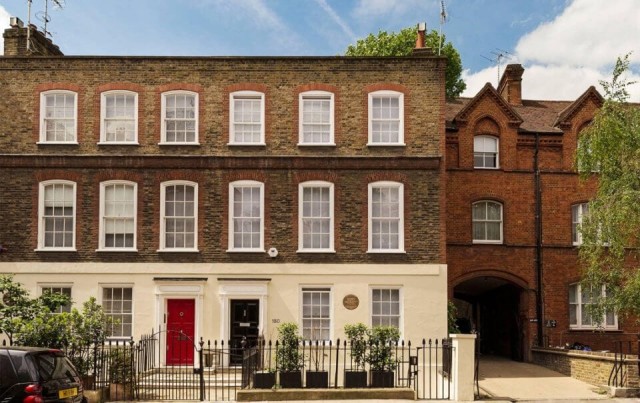


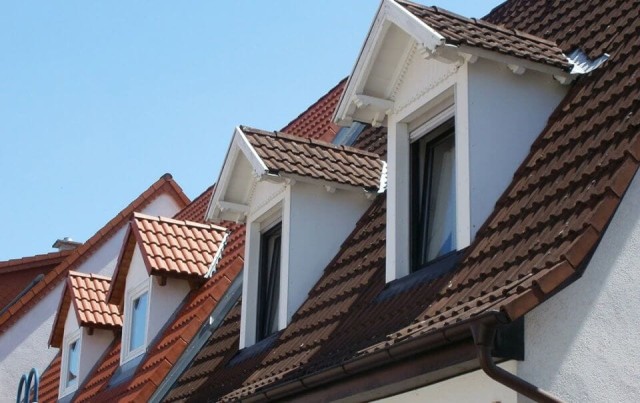
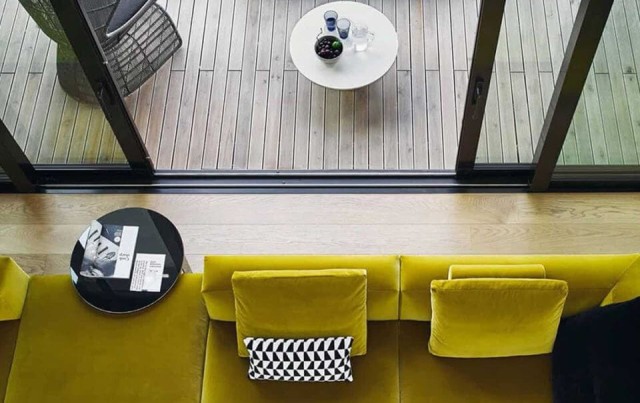
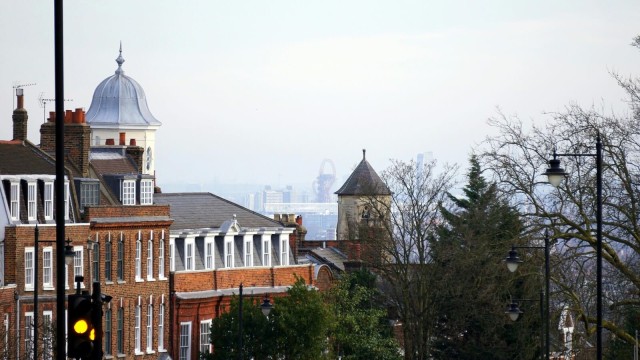
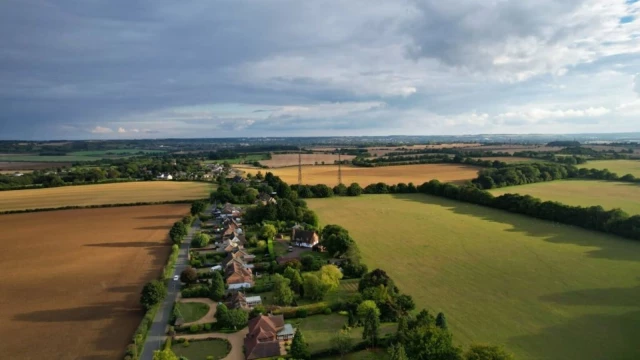
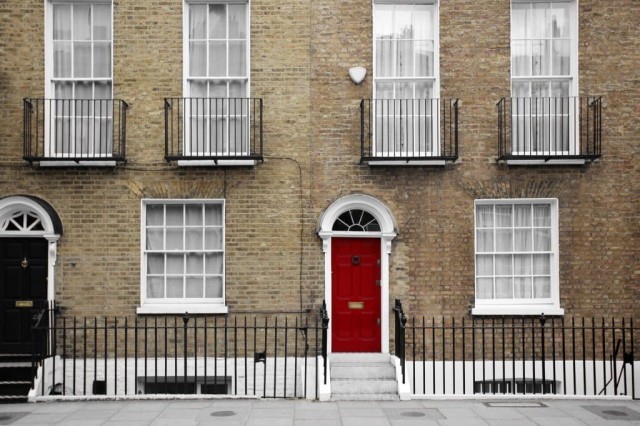

We specialise in crafting creative design and planning strategies to unlock the hidden potential of developments, secure planning permission and deliver imaginative projects on tricky sites
Write us a message